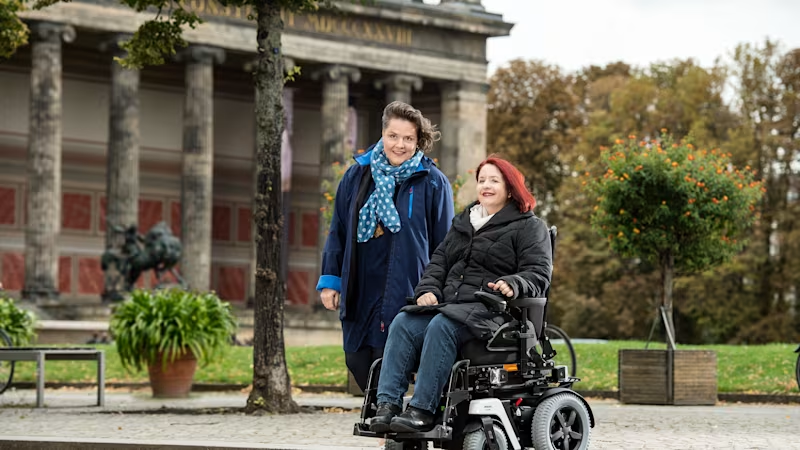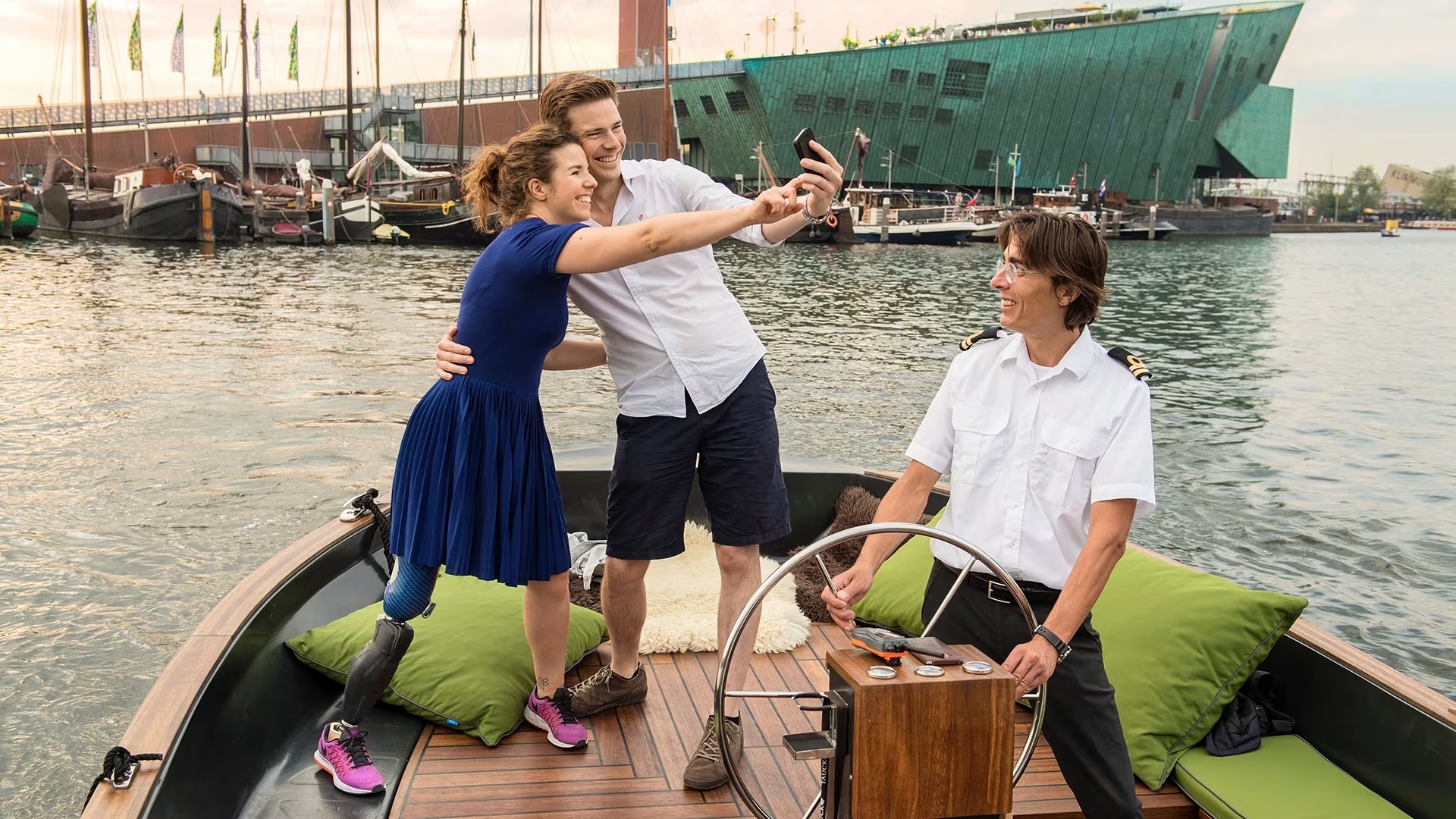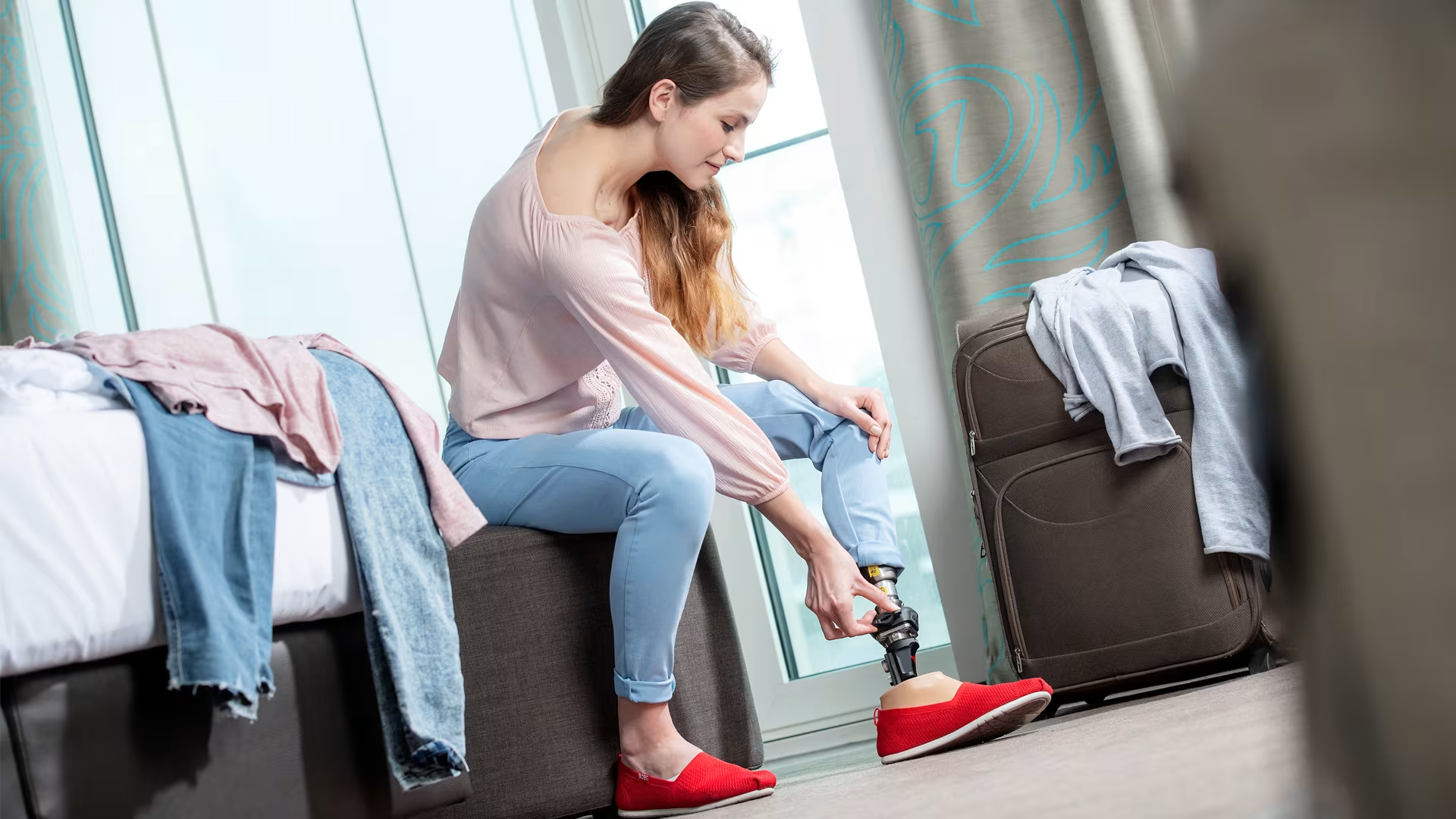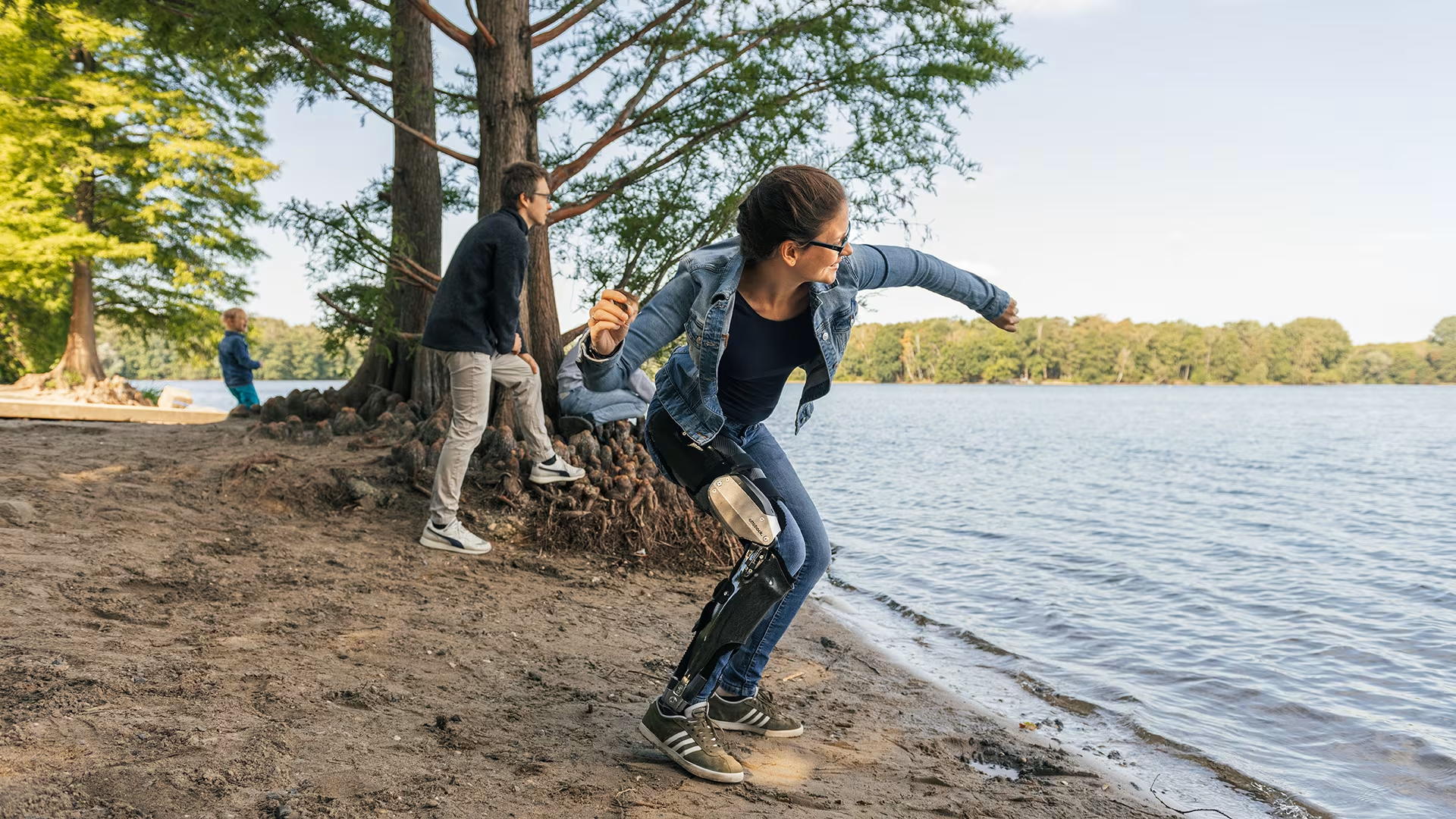Travelling with Devices

Like any trip, travelling with a device requires good planning and preparation. If you use a prosthesis, orthosis or wheelchair, your mobility to a large extent depends on the optimal function of your device.
When travelling, your device may be exposed to different conditions and stresses in unfamiliar surroundings compared to your everyday routine. We have compiled some useful information to ensure you are well prepared and can enjoy every minute of your trip.
Please note, these are tips and suggestions. If you have any doubts contact your prosthetist, orthotist or wheelchair provider directly.
Travelling with a Prosthesis
What do I have to consider before a trip?
Check the function and comfort of your prosthetic device well in advance.
Check your residual limb carefully for changes (shape/volume/pressure points).
Check the liner and/or knee joint cover for fit, tears or holes and check the condition of the foam cover or protector.
You may want to make an appointment with your prosthetist to rule out any risk factors in advance.
Find out in advance about prosthetic clinics at your destination.
Remember the battery charger, power supply and/or the 12 V USB charger adapter for your prosthesis.
We also recommend taking an adapter for all common socket types or a power bank for charging while you are on the go. If possible, put these items in your carry-on luggage so they are easily accessible.
Make sure your prosthesis is fully charged before starting your trip.
Ensure you have a few spare parts and accessories including medical and cosmetic products, such as spare valves for the socket, a donning aid or disinfectant for wounds in your luggage.
Checklist for Travelling with a Prosthesis
1 results out of 1
Travelling with a computer-controlled orthosis (e.g. C-Brace®)
What do I have to consider before a trip?
Check your orthotic device for function and comfort well in advance.
You may want to make an appointment with your orthotist to rule out any risk factors in advance.
Make sure that your orthosis card is completely filled out. Always carry it with you, especially when travelling abroad. It contains important information about your orthosis so you can be treated in an emergency and makes it easier to go through security at the airport, for example. You can obtain the orthosis card from your orthotist.
Find out in advance about orthopaedic clinics at your destination.
Remember the battery charger, power supply and/or the 12 V USB charger adapter for your mechatronic orthosis.
We also recommend taking an adapter for all common socket types or a power bank for charging while you are on the go. If possible, put these items in your carry-on luggage so they are easily accessible.
Make sure your orthosis is fully charged before starting your trip.
Travelling with a Wheelchair
What do I have to consider before a trip?
Check whether your wheelchair is in good technical condition and optimally adapted to your needs.
You can use Google Street View or Wheelmap.org to learn about the surroundings at your destination. Is the terrain suitable for your wheelchair?
Contact your accommodation provider to determine whether the conditions there meet your needs or can be adapted.
Ensure your transfer to the hotel by asking in advance whether the vehicle is accessible for you as a wheelchair user. A video that shows how to fold up your folding wheelchair may be useful for transport.
Inquire in advance whether there is a wheelchair dealer that is familiar with your device in the vicinity.
Prepare sentences in the local language to describe frequently occurring problems, e.g. "I need a new battery/joystick/arm support (...)" or "I have a flat tyre."
Ask your wheelchair dealer whether the instructions for use for your wheelchair are available in the local language.
Put together your medical documents (e.g. diagnoses, medication plan) and have them translated into English, or even better, into the local language at your destination.
Stock up in advance with sufficient quantities of the medication you need and enquire whether a doctor's certificate is necessary for bringing them into the country.
Find out whether you need international health insurance for your destination.
For power wheelchair users
Check the condition of your power wheelchair's batteries. They should be able to reach your destination without having to be connected to the power supply. Find out whether an adapter is needed for sockets in a foreign country.
You need an IATA document for the current year to transport batteries on the plane. You can obtain information on the battery model in your wheelchair from your wheelchair dealer. Power wheelchairs must be disconnected from the power supply during the flight. The fuse has to be taken out, or the switch to disconnect the battery must be activated.
Tip:
Prepare brief instructions with photos of the most important steps for pushing the wheelchair, switching it on and off and activating the fuse switch. Attach these to your wheelchair where they are readily visible and protected from rain. This prevents potential damage from improper handling by the airport personnel.






